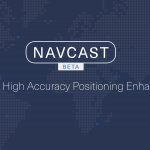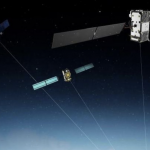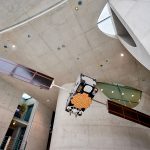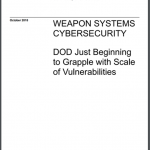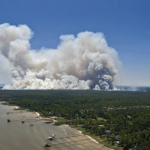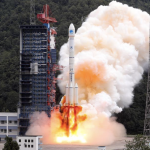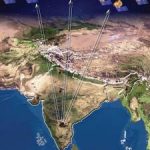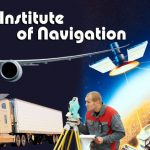October 18, 2018
A recent General Accountability Office (GAO) report is highly critical of the cyber security, or lack thereof, in U.S. weapons systems. One of the examples of cyber-attacks it lists is GPS spoofing.
The report, published this month, goes on to say:
“…weapon systems are dependent on external systems, such as positioning and navigation systems and command and control systems in order to carry out their missions—and their missions can be compromised by attacks on those other systems. A successful attack on one of the systems the weapon depends on can potentially limit the weapon’s effectiveness, prevent it from achieving its mission, or even cause physical damage and loss of life.”
Read More >
By Inside GNSS

